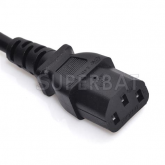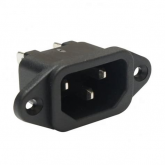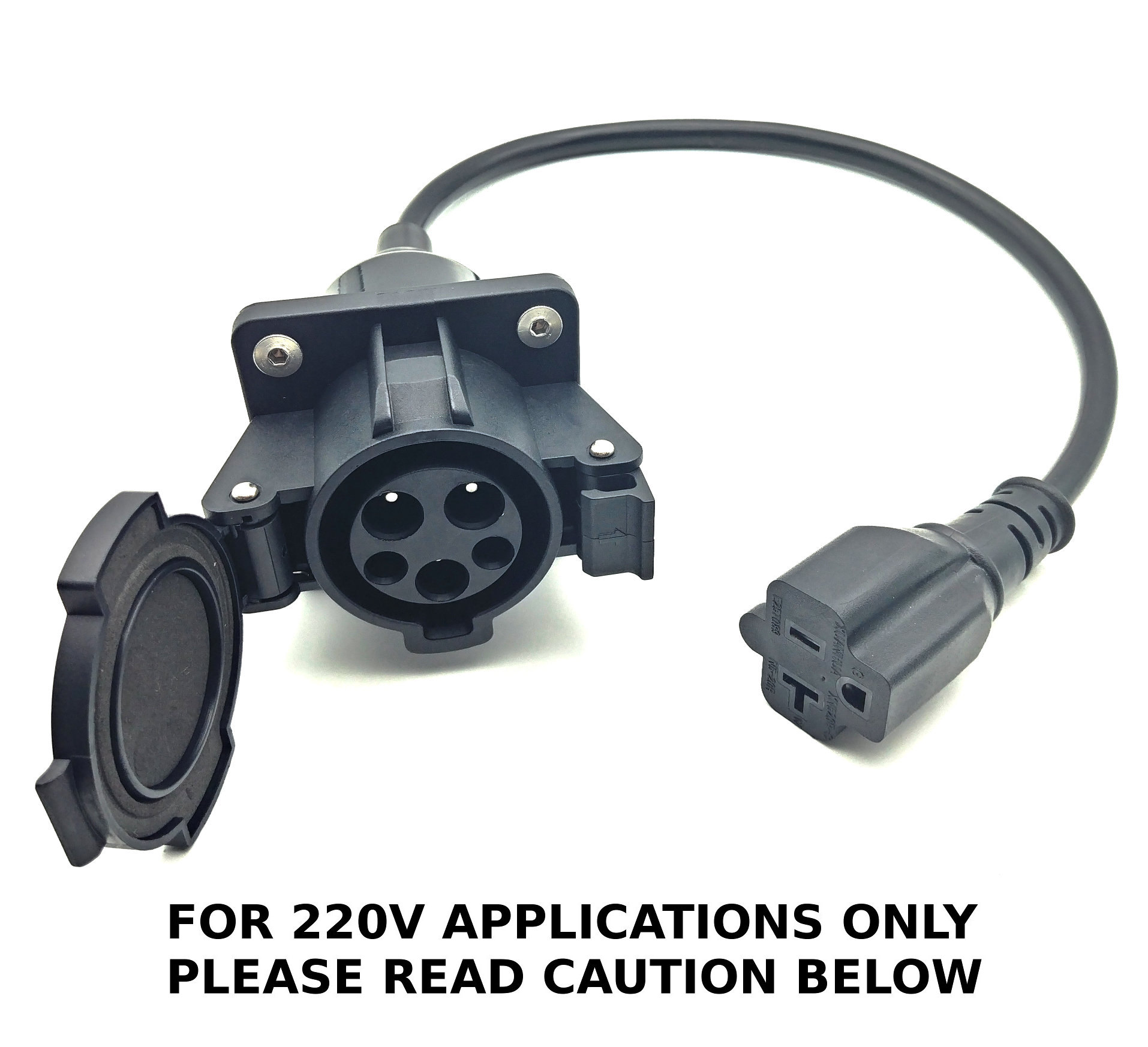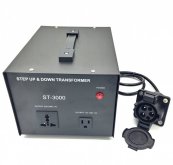Power Management
A J1772 compliant EVSE (detailed further in Section 4.1) requires a ±12-V DC power supply, in addition to
the power required for normal system ICs, such as the MCU. To simplify this design to focus on more
application specific functionality, a preexisting design from the TI PowerLabTM reference design library was
chosen. An AC-DC design with ±12-V outputs was chosen for simplicity, with the additional outputs
providing a bonus for the rest of the application. The PMP10299 device fit all of the core requirements.
The device is based around the UCC28910 PSR controller, has ±12- and 5-V outputs, and has been
designed with automotive quality in mind.
The extra 5-V rail can be used to power the MCU and other ICs on the board, as well as potentially drive
relays. Having 12- and 5-V outputs allows for a wide range of relay selection, which Section 4.3 covers in
further detail.
A TPS62063 buck converter is used to bring the 5-V rail down to the 3.3 V required by most of the design.
This converter has an input range of 2.7 V to 6 V, which makes it ideal for bringing down a pre-regulated
5-V rail to a system voltage of 3.3 V.
1.3
Pilot Signal Interface
The pilot signal interface, which Section 3 covers in further detail, requires a 1-kHz, ±12-V PWM signal to
be transmitted down the length of the charger cable to the vehicle. The duty cycle communicates the
power capability of the EVSE to the vehicle. The EV returns its current state by placing a load on the line,
which causes a voltage drop. To facilitate this, the design requires an amplifier with a wide dual-rail
voltage input and sufficient drive strength to facilitate the various line impedances. This design has
selected the OPA171 amplifier based on its input range characteristics (up to ±18 V) and ability to handle
various line impedance changes, even non-resistive changes in the event of cable parasitics.






